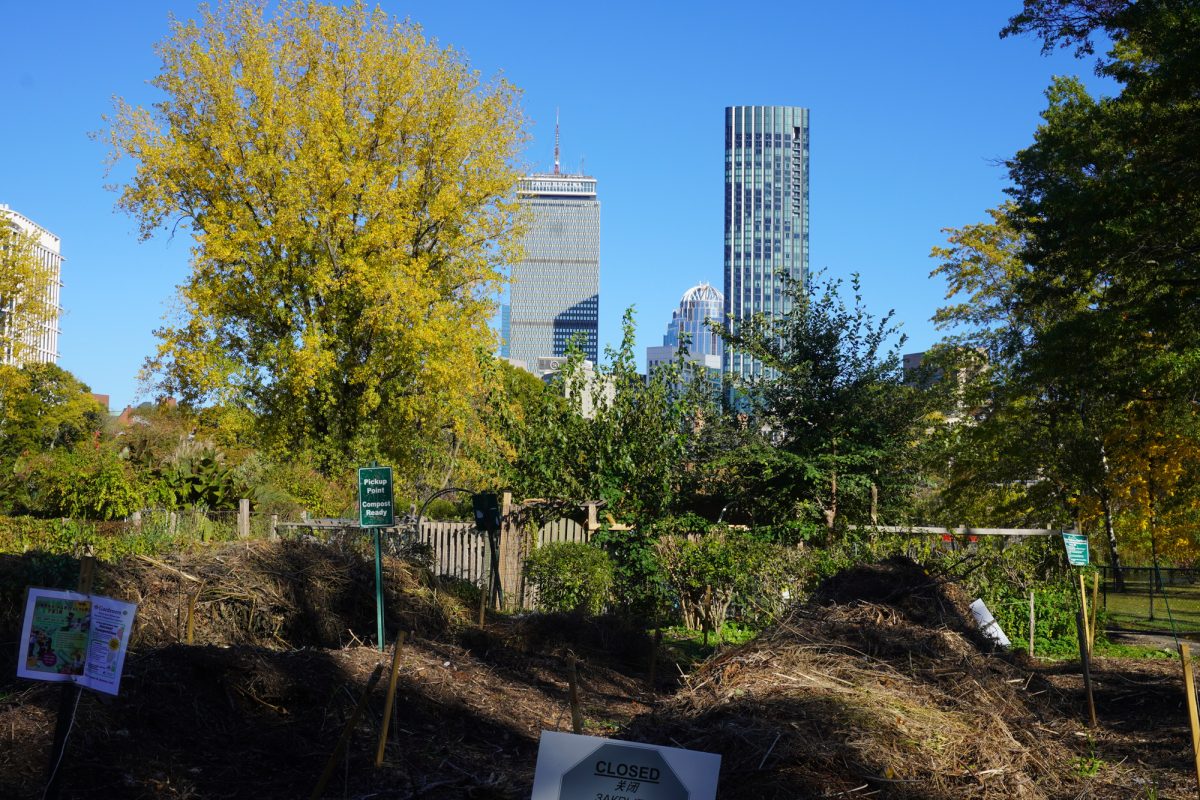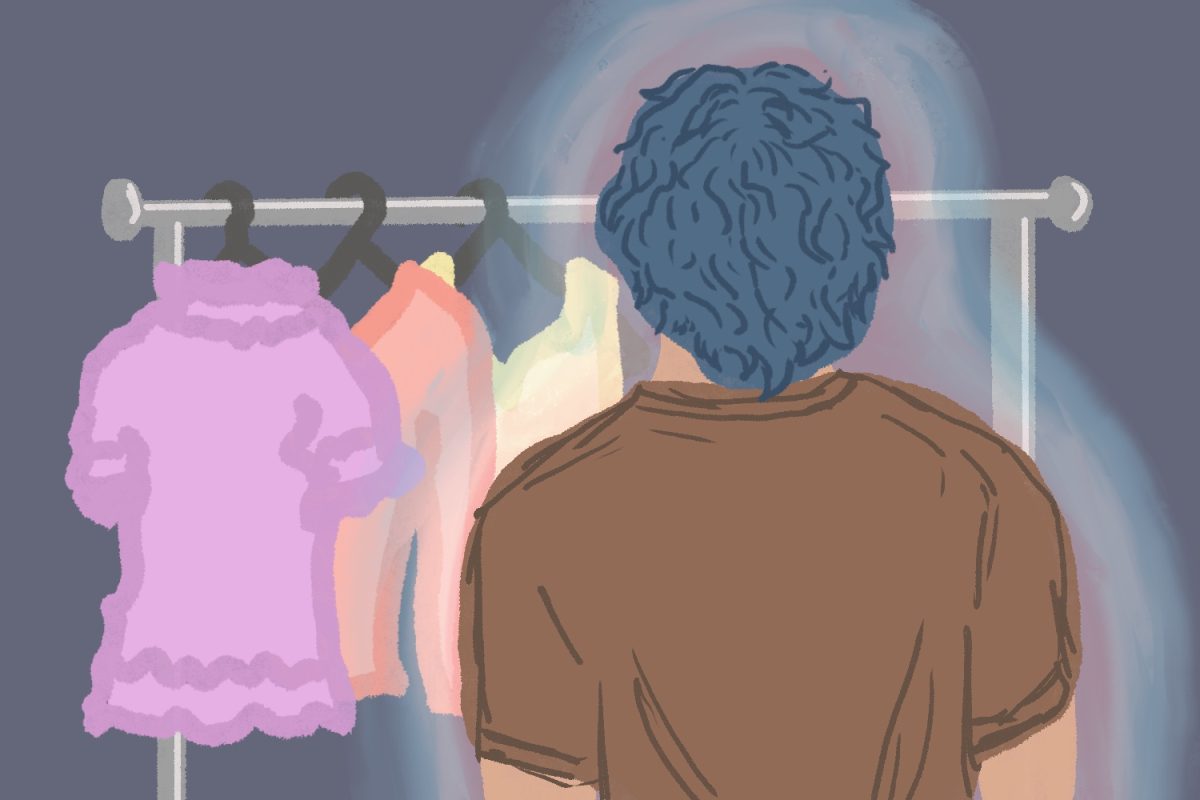Boston University students enrolled in Ancient Worlds — a humanities course in the College of Arts and Sciences — study art pieces by visiting the Museum of Fine Arts Boston. But with the closure of the MFA due to current public health concerns and continuing museum renovations, they’ve been unable to do so since Fall 2019.
However, this semester, students were able to fulfill the course’s museum component by developing virtual tours featuring artwork from the MFA as well as other museums around the world.
Kyna Hamill, one of the Ancient Worlds instructors, said the course examines the origin of various civilizations and philosophies — hence students are encouraged to see works of art from throughout history.
The museum component of the course, she said, allows students to connect those art pieces to what they learn in class.
“What’s really important for us in the Core Curriculum is to show that the texts don’t just exist in big, fat book form,” Hamill said, “but that they’re so present in all these different multimedia and multimodal ways.”
Plans to create a virtual platform for students to view course-related art pieces had already been underway, Hamill said, because of renovations to the MFA’s classical art galleries.
As a result, Hamill encouraged several of her students in the Core Docent Program who were interested in creating a podcast to apply to the Undergraduate Research Opportunities Program and work on launching one.
Laurel Clark, a sophomore in CAS who worked on the virtual tour project, said the team faced many initial challenges. Clark and her teammates hoped the project would allow audiences to view more art pieces and gain a fuller museum experience.
“We wanted to also expand and do other artworks,” Clark said, “because we realized that without the constraints of the physical museum, we could really expand accessibility to artwork that isn’t often shown in traditional museums.”
The team initially planned to give tours in person at the MFA last semester, before BU closed. When Learn from Anywhere was announced for the Fall, her group decided to take things a step further.
“We could turn it into a bigger project,” Clark said, “where we could actually take the museum tours that were supposed to be happening this academic year and turn them into something virtually so that the experience of having a museum tour wasn’t lost.”
While the museum tours are meant for visitors to learn about and reflect on art, Clark said, her group gained experience in both the humanities and sciences.
“We’re just students, and all of us had taken the classes. But none of us are computer science majors, none of us were art historians,” Clark said. “We were really coming at this from an amateur level and learning as we went.”
Clark said one major goal of the virtual tours was to make art less intimidating, thus encouraging students to visit museums and view classical art pieces on their own time.
“I’m really proud of how we increased accessibility,” Clark said. “We wanted to make art approachable for people, and I think that we really did that with these projects.”
Hamill said the Ancient Worlds course may continue to use these virtual tours in future semesters if the pandemic persists.
“The core has a new set of courses that cover the digital and multimedia Hub unit,” Hamill said, “and those are courses that are a deep dive into one text. The virtual tours would be a great option for that course.”

















































































































